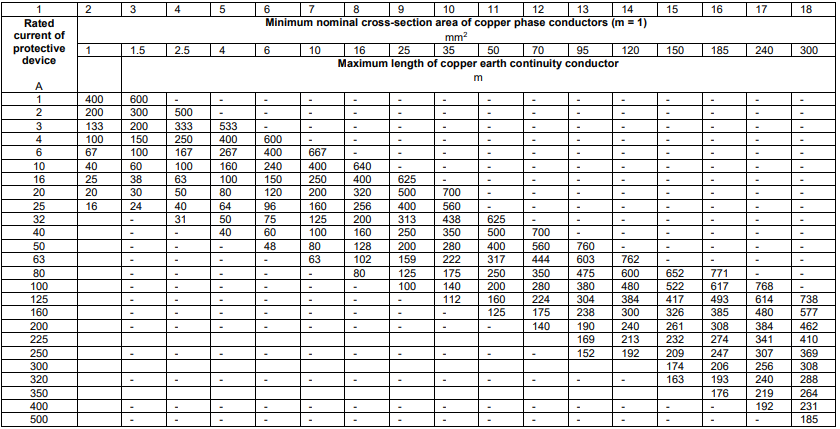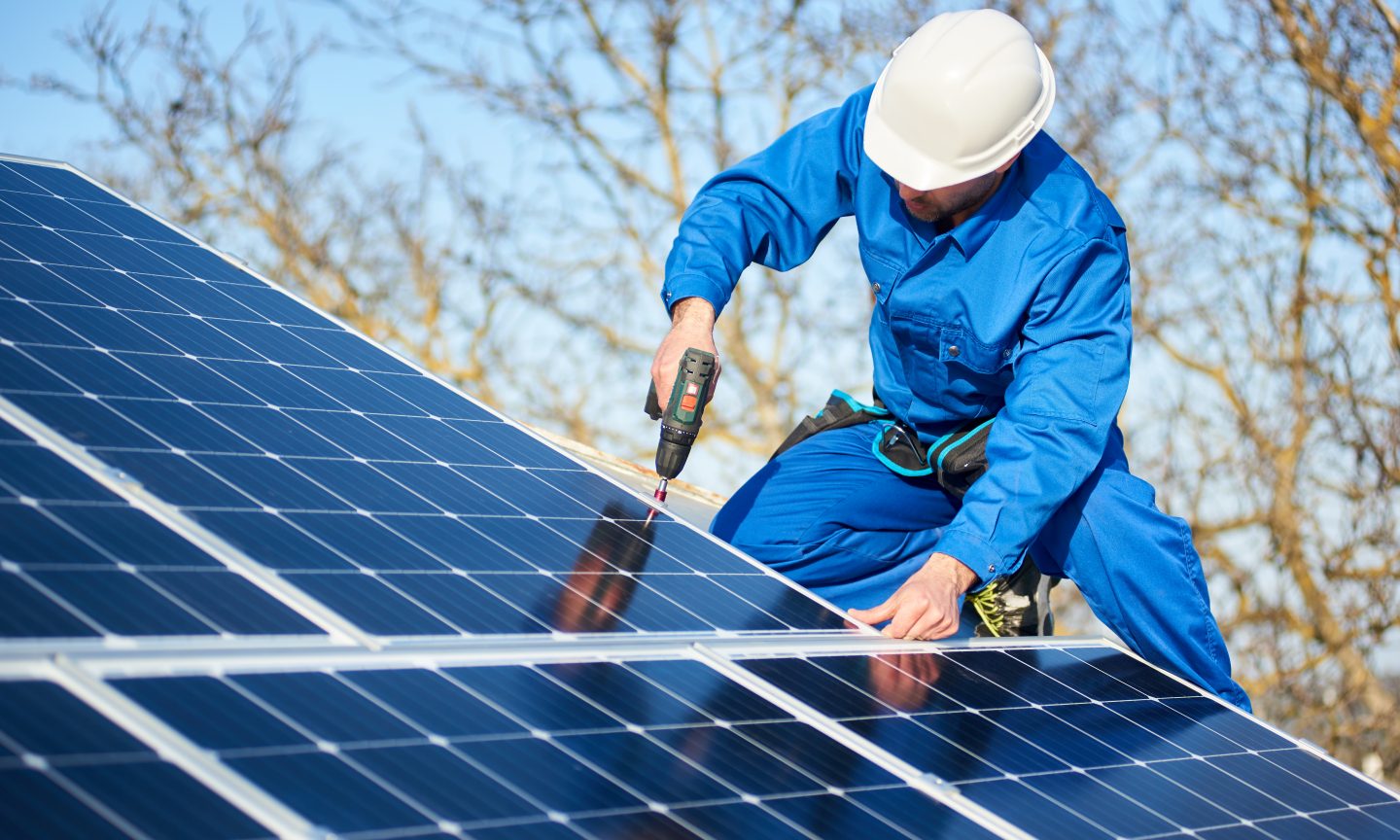Installing a PV system? Are you familiar with the guidelines set for DC installations in SANS10142-1:2020?
Not really? Then this article is for YOU!
We’re unpacking the SANS10142-1 DC installation standards, to ensure you understand what is required to perform these installations safely. In this article, we give an overview of equipment selection, earthing requirements, overcurrent protection, earth faults and disconnection.
The Selection of Equipment and Circuits
It is required that all the equipment, as well as the protection devices, that are used in a DC installation operate on DC voltages. Furthermore, they must be suitably rated for the installation.
If batteries are used in an installation, all protection devices and conductors selected must be based on the batteries’ short-circuit current rating.
The live polarity of an installation is the conductor that is not connected to earth. This can either be a positive on a negative-earth system or a negative on a positive-earth system. The earth or “0V’” polarity is the conductor that is connected to earth.
Earthing & Bonding Requirements for DC power supply circuit installations
Earth electrodes shall comply with the specifications set out by SANS 1063, and must be installed in accordance with the SANS 10199 document. These electrodes must be bonded to the main earthing terminal of the electrical installation. Moreover, the main earthing terminal of the installation should be bonded to the consumers’ earth terminal.
It is required that the common bonding network should be bonded to the main earthing terminal by at least one point.
The accessible conductive parts of the installation such as rectifier cabinets, equipment racks, equipment cabinets, enclosures, grids, wires should be bonded to the common bonding network.
Furthermore, in the event of a fault occurring between the live power conductor of the secondary supply and the common bonding network, then the DC return path in its entire length must be able to carry the subsequent overcurrent.
Overcurrent Protection
It is a requirement that an overcurrent protection device be installed at both ends of the conductor between the live terminals of the battery and the battery charger, and as close as possible to the terminals.
For other circuits that are part of the installation, the following overcurrent protection is required:
- Each phase conductor that is part of the installation should be protected against overload and short-circuit currents by at least one protective device. The protective devices that are selected must have a rated current that does not exceed the lowest of the current-carrying capabilities of any of the conductors of the circuit. These protective devices must have a minimum short circuit rating of 2.5 kA.
- A DC installation that consists of multiple sources of power must have each source of power protected individually.
The following should be noted:
- An example of an overcurrent protective device could be a circuit-breaker that interrupts the supply to all the phase conductors of the circuit.
- A single device or separate devices can be used to provide for both overload and short-circuit protection.
- The protective device is not required to disconnect the neutral conductor unless stated in the SANS 10142 document.
- If an installation consists of a control device, then each circuit that feeds from such a device requires an overcurrent protection device.
Protection of an Installation or a Live Conductor Against Earth Faults

3. The earth fault detection and disconnecting device can be installed at the point of control of the installation, when the supply cannot be automatically disconnected by an earth fault current whose magnitude is double the rated current, or higher. The device should be installed so that it operates at a current related to the earth-loop impedance that will limit prospective touch voltages under short-circuit fault conditions to 25V, for a period not exceeding 5 seconds.
It should be noted that:
- These requirements can be achieved with the use of an earth-leakage device that has a rated earth-leakage tripping current not exceeding 300 mA. Devices that are installed with a time delay will ensure discrimination with earth leakage protection devices in final circuits.
- The use of separate earth fault protection that consist of sensitive earth leakage protection can sometimes be not practicable when large currents are involved.
Disconnection
If the DC installation consists of one of the polarities being connected to earth, then all switch disconnectors and protective devices must break the live polarity only. The return circuit should not be disconnected or broken.
It is vital to note that the entire system must be safely installed by the guidelines and standards that are set out by the entire SANS 10142-1:2020 document, and not only the DC Installation section.
Considering installing a PV system? We can assist with a design, guide you on products, and ensure a compliant installation.
CHAT to us now!


